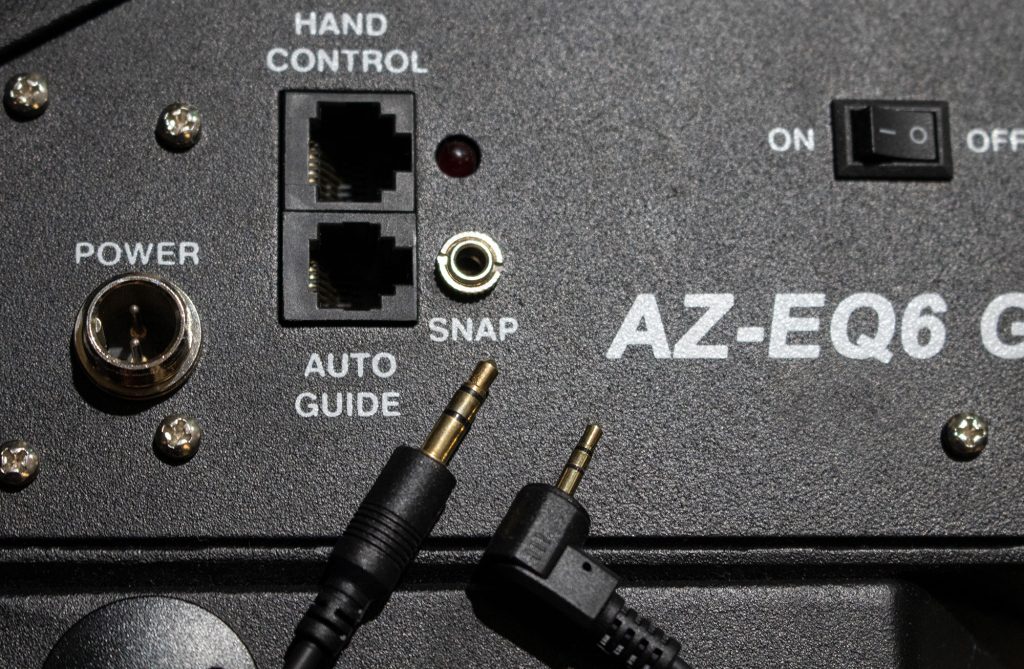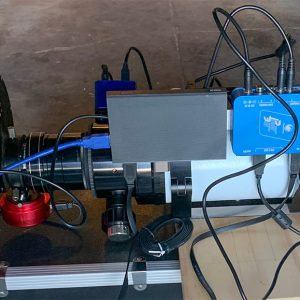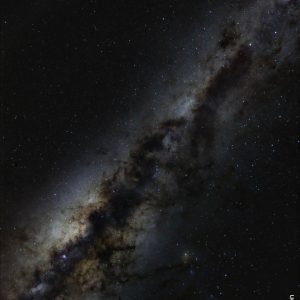Shutter release cables (otherwise known as snap cables) are available for a huge range of cameras. A shutter release cable is used to connect controlling equipment like intervalometers or lightning detectors to your camera, which enables these controllers to trigger a shot, rather than you having to press the button yourself. We have two distinct client groups for these cables, macrophotographers (using the WeMacro Rail) and astrophotographers (using any number of tracking mounts).
At one end, the cables have a connector that is specific to the camera. There are several types of connector, with codes that identify which camera the cable can be used with. For example, someone with a Canon 80D will need a type 1C cable, whereas if you have a Sony A9, you will need an S2 type cable. Manufacturers have largely co-operated to make sure there aren’t too many different connectors. You’ll see a list of cable types below.
All is not so well at the other end though. The manufacturers of astro mounts and macro rails use either a 2.5mm or 3.5mm Stereo plug, but they haven’t been consistent. WeMacro recently changed from a 2.5mm plug to a 3.5mm plug, while Synta (makers of Sky-Watcher and saxon) use different sized plugs on different mounts. Have a close look at your mount (or your WeMacro) and decide which stereo plug you need, and whether you will need a 2.5mm to 3.5mm adapter.
So when you get a cable, you have to be a bit careful at both ends!
Shutter release cable types:
Here is a list of shutter release cable types, and the models of camera that they work with. If you want to know which shutter release cable you need, find your camera in the list first!
Incidentally, WeMacro list the number before the letter, while Sky-Watcher cables have the letter before the number (such as “C1”) for these plugs.
1C
Canon: EOS R6, R7, R10, R, RP, 1100D (Rebel T3), 700D(T5i), 650D(T4i), 600D(T3i), 60Da, 60D,70D,80D,90D, 550D(T2i), 500D (Digital Rebel T1i), 1000D (Digital Rebel XS), 77D, 450D (Digital Rebel XSi ), 400D (Digital Rebel XTi ), 350D (Digital Rebel XT), 300D (Digital Rebel), EOS 30, 33, 50, 50E, 300V, 300, 3000, EOS M5, M6, M6 II…etc;
Powershot G15,G12,G11,G10,G1X;
Pentax: K-1/K500/K-3II/K100D Super/645D/K-50/645Z/K5II/K-5IIs/K3/K100D/K110D/K10D/ist DS2/K20D/K7/ist Ds/ist/ist DL/MZ-6/ZX-L/MZ-L/ist DL2/K5/K30/KX;
Olympus Em-1 Mark II, EM1 Mark III, E-M1X, E-M5 Mark III,
Fujifilm X-T3, X-T4, XH1, X-T10, X-T20, X-T30
3C
for Canon: EOS R3, R5,6D,6D II, 7D, 50D, 40D, 30D, 5D, 20D, 10D, 5D Mark II, 5D Mark III, 5D IV, 5Ds, 5DsR, 1D X, 1D Mark IV, 1Ds Mark III, 1D Mark III, 1D Mark II N, 1Ds Mark II, 1D Mark II.
1N
Nikon: Z9,D850,D4, D3X, D3, D700, D800, D800E, D700, D300S, D300, D200;D810;D500
3N
Nikon: Z5, Z6, Z7, D600, D3200, D3300, D3100, D5100, D5200, D7000, D7100, D7200, D5000, D90, D750, D90, D5300, D610, D5500, D7500, D5600, Z6 II,Z7 II
E3
Fuji: X-Pro2, X-E2S, X70, X-T10, X30, X100T, X-T1, X-T2, X-E2, FinePixS1, X-M1, X-A1, XQ1, X-A2, XQ2, XH1, X-T10, X-T20
J
Olympus: EM10 MarkII, EM1, E-620, E-600, E-550, E-520, E-450, E-420, E410, E-100, E-30, E-PM1, E-M5, E-M5 II, E-PL2, E-PL3, E-P3, EP-2, EP-1, SP-590UZ, 570UZ, 565UZ, 560UZ, 550UZ, 510UZ, 810UZ, SZ-30MR, SZ-20, SZ-11,PEN-F
S1
Sony: A900, A700, A850, A550, A500, A450, A400, A350, A300, a200, a100, a99, a77, a65, a57, a55, a35, a33
S2
Sony: A7R3, A7R4, A58, NEX-3NL, A7, A7MII, A7MIII, A7R, A7R2, A7S, A3000, A5000, A6000, HX300, HX50V, RX100II, RX100III, A9, A1
L1
Panasonic: DMC-FZ50, DMC-FZ50K, DMC-FZ50S, DMC-FZ30, DMC-FZ30K, DMC-FZ30S, DMC-FZ20, DMC-FZ20K, DMC-FZ20S, LC-1, L1, G1, GH1, GF1, GH2, G3, GH3, GH4, GX7, S1R, G9
K70
Pentax: Pentax K70, KP or Fuji X-T200.



